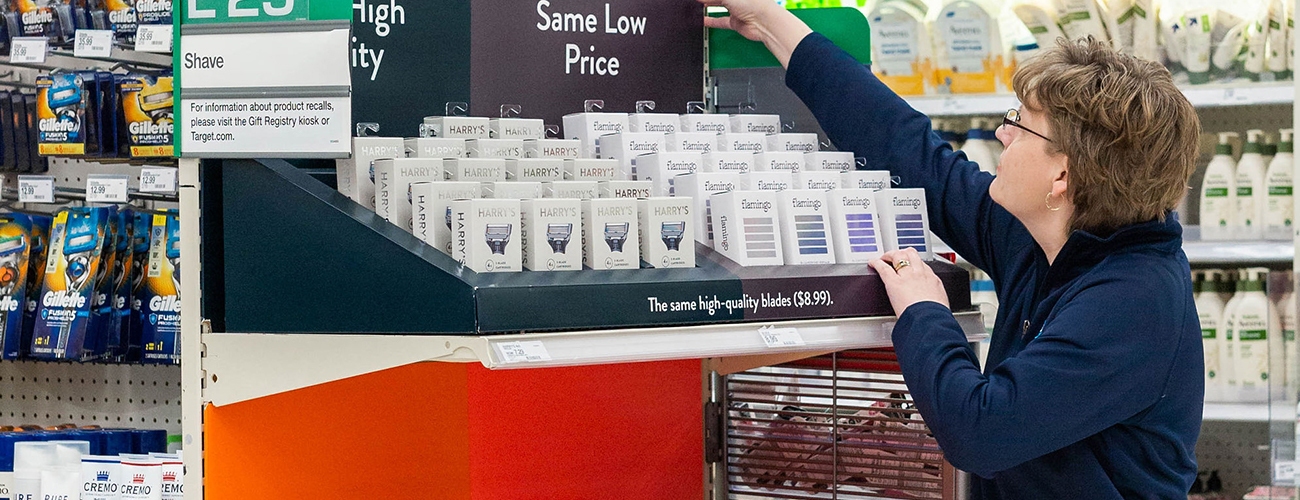The New Year has retailers focusing on spring retail reset season. Of course, resets happen throughout the year, but spring and fall resets are key transition times.
It is prime time for brands to introduce new products, train stores on new offerings, and recalibrate strategy from lessons learned in the previous year.
Keep reading to learn how brands can maximize the impact of spring resets and get on a path to success in 2021.
First – Ship Your Inventory on Time!
First, make sure any new items, displays, and continuing items are shipped on time. It may sound obvious but it’s the MOST important piece of the puzzle. If your items don’t make it to the retailer on time for the reset date, the probability of your displays correctly getting set up or your products making it to the shelf greatly diminishes.
Double-check with your shipping partners and supply chain vendors to ensure that you are aware of any potential delays and have the time to adjust accordingly or have a good plan in place with the retailer.
Investing in supply chain and inventory management tools and partnerships give insight into your inventory’s performance, which helps reset execution and sets you up for long-term success.
Here are 8 key performance indicators (KPIs) a good inventory management tool will monitor to give you a window to the performance and health of your supply chain:
- Daily Performance
- Cost Reduction
- Production Service Rate
- Inventory Turn
- Production Time
- Lead Time
- Return Rate
- ROA (Return on Assets)
Tip: Shipping is the first step. Getting inventory from the back-room to the sales floor is the next step. Reset Audits provide a chain-wide view of reset implementation, accuracy to POG, pricing, and ISM and display placement.
Second – Don’t Forget Retail Training!
If you’re introducing a new brand or products to existing retail partnerships or launching with a brand-new retail partner, be sure to include training on your products. While this does require some upfront effort, the payoff is worth it.
Retail employees who are trained on your products will have it top of mind and be comfortable recommending your items and directing customers to their location. Customers will feel empowered and have higher levels of trust in both the retailer and your brand, which increases buyer confidence. All of this leads to the main goal: increase sales.
Tip: Make the training short and sweet to make it memorable.
Third – In-Store Marketing
Do you have new products at a retailer? Is this your brand’s big debut with a new retail partner? There’s no better time to embrace in-store marketing. You want your products to get noticed and get bought. The best way to stand out from the crowd to in-store shoppers is with signage and other hallmarks of visual merchandising.
Consider getting an endcap or sidecap display. Cover it with your brand imagery and other visually appealing signage. Make sure your packaging is intriguing to passersby as well. The goal is to grab attention and make people stop long enough to put your new product into their shopping cart.
In-Store Marketing can be applied to many places throughout the store to maximize sales.
Examples of In-Store Marketing initiatives in practice:
Tip: Make sure your planograms are regularly maintained to get the most out of your investment.
But even if you don’t invest in a display, you can still apply in-store marketing principles to products on the shelves.
One of the best ways to do this? Instant redeemable coupons (IRCs). These eye-catching, on-product tags draw customers’ eyes and wallets.
Finally – Retail Audits to Measure and Improve Reset Execution
You don’t have to hope or wonder if your product made it to the shelf on time and looks like the beautiful computer-generated POG you have on your computer. Retail Audits are enormously important and provide you important facts about store execution. Did you know that only 50% of new planogram sets are compliant and set on time? This statistic dips even further when applied to secondary product locations, like promotional displays.
To avoid a slow start to sales due to store execution, plan for a retail audit. We provide these services and as part of what we deliver, we offer:
- Confirmation that your products are set correctly
- Locating and installing displays that have not been set
- Zoning products to the retail planogram so they are organized and engaging
- Stocking the shelves to capacity
- Reviewing shelf tag and POP materials placement for accuracy
P.S. There’s Good News to Handle All This!
Managing inventory after it gets to a retailer’s store can feel like a free-for-all. Fortunately, that’s where retail merchandising companies, like RMS, come in.
Get your retail reset and merchandising questions answered. Give us a call today: https://www.stage.rmservicing.com/contact/.

